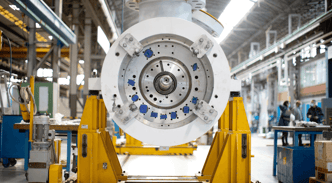Bofort powers carbon mineralisation to cut industrial CO2 emissions
Antwerp-based ISO tank leasing company Bofort will take part in a large-scale carbon removal initiative, announced on October 23rd, 2024, as part of Mammut’s decarbonisation strategy.
Swiss outdoor sports company Mammut aims to halve its emissions by 2030 and reach Net Zero by 2050, with carbon capture, utilisation and storage (CCUS) as a core focus.
The project brings together several players in the carbon removal space. Finnish company Carbonaide, known for its concrete carbonisation technology, and Danish waste management company ARC are collaborating in an effort to capture carbon dioxide (CO2) emissions and lock them away in concrete.
... to continue reading you must be subscribed












